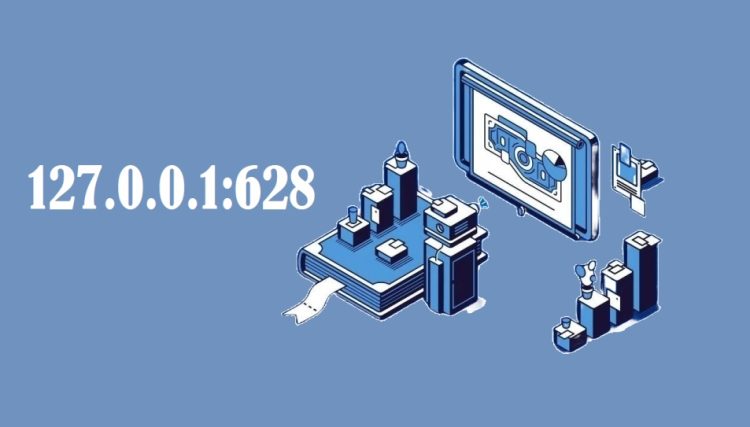As you dive deeper into software development, networking, or system administration, you will inevitably come across the term “localhost” and specific ports like 127.0.0.1:57573, 127.0.0.1:62893, and 127.0.0.1:49342. These addresses play a crucial role in how your computer communicates internally, and understanding them can help you troubleshoot various issues that arise during your work.
What is 127.0.0.1?
The IP address 127.0.0.1 is what we call a loopback address or localhost in the world of IT. When you connect to 127.0.0.1, you’re essentially telling your computer to talk to itself. This might sound strange, but it’s incredibly useful, especially in development and testing scenarios. You can run and test your applications locally without needing an external network connection, making 127.0.0.1 a key component of your development toolkit.
Understanding Port Numbers
Alongside the IP address, the port number (like 57573, 62893, or 49342) is what directs the network traffic to the correct application or service on your machine. Think of your computer as a large office building, with each port representing a different office where specific tasks are handled. When data enters your computer, the port number ensures it gets routed to the correct application, much like mail being delivered to the right department in a building.
Ports are categorized into different ranges:
- Well-Known Ports (0-1023): These are more often than not reserved for standard services like HTTP (port 80) and HTTPS (port 443).
- Registered Ports (1024-49151): These are typically used by user-installed applications.
- Dynamic or Ephemeral Ports (49152-65535): These are temporary ports assigned to client applications for short-term communication.
The ports 57573, 62893, and 49342 fall into the dynamic range, suggesting they are likely used for temporary connections, particularly in development environments.
Common Issues with Localhost Ports
While working with localhost ports, you might encounter some common issues, so here’s how to recognize and resolve them:
- Port Conflicts: One of the most common issues is a port conflict. This occurs when two different applications attempt to use the same port simultaneously. For instance, if you’re running two instances of a web server and both try to listen on port 57573, one of them will fail. You can resolve this by identifying which application is using the port and changing the port number for one of the services.
- Blocked Ports by Firewalls: Sometimes, firewalls or security software can block certain ports, preventing your application from working correctly. If you find that you can’t connect to 127.0.0.1:62893, check your firewall settings. Temporarily disabling the firewall can help you determine if it’s the culprit. If it is, you’ll need to configure your firewall to allow traffic on that specific port.
- Orphaned Processes: Another issue is orphaned processes—applications that have crashed but still have ports open. When you try to restart the application, it might fail because the port is still in use. Tools like netstat or lsof on Unix-based systems, or netsh on Windows, can help you identify and terminate the process that’s holding onto the port.
- Misconfigured Applications: If you can’t access your application through a specific port, like 127.0.0.1:49342, the problem could be in the application’s configuration. Double-check the configuration files to ensure the application is set to listen on the correct address and port. A small typo or misconfiguration can lead to hours of debugging.
Best Practices for Managing Localhost Ports
To avoid issues with localhost ports, consider the following best practices:
- Check Active Ports: Regularly monitor which ports are in use before starting a new application. This helps avoid conflicts.
- Unique Ports for Applications: Assign unique ports for each application, especially if running multiple instances of the same service.
- Use Virtualization: Tools like Docker can isolate your applications and their respective ports, reducing the likelihood of conflicts and making your environment more predictable.
In conclusion, understanding how 127.0.0.1 and specific ports like 57573, 62893, and 49342 work is essential for smooth development and troubleshooting. By familiarizing yourself with these concepts and following best practices, you can ensure your applications run without a hitch, making your development experience more efficient and enjoyable.










